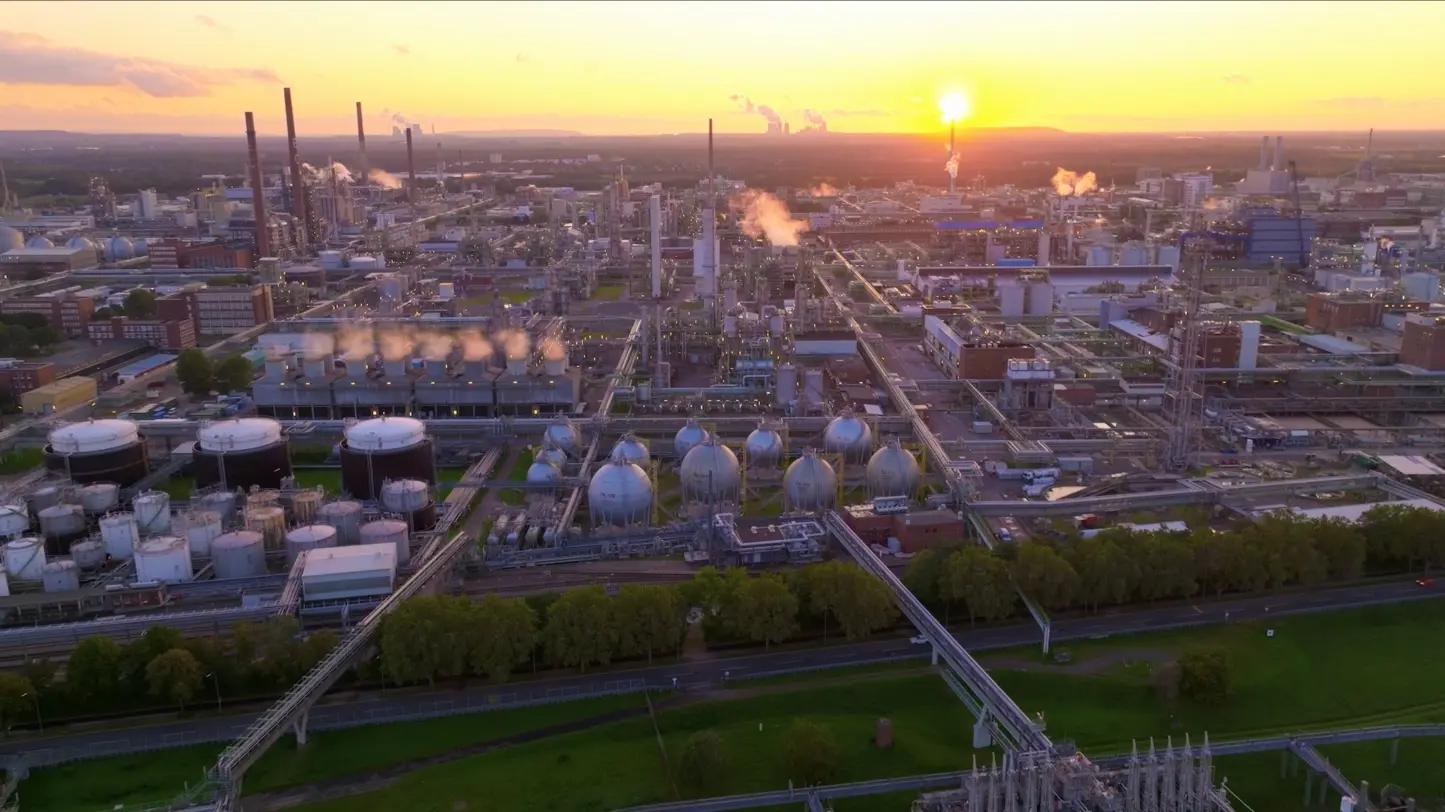“Like man landing on the moon”: this is how in December 2019, European Commission President Ursula von der Leyen defined the scope of the European Green Deal, the set of policy proposals to achieve so-called climate neutrality by 2050, i.e. a balanced situation between carbon dioxide emitted into the atmosphere and carbon dioxide removed. The Green Deal sets out a precise path to the final goal, outlining intermediate targets, such as a reduction of at least 55% of pollutant emissions by 2030. Among the various strategies presented by the Commission to foster this transition is the one dedicated to green hydrogen, which is considered a key element in the decarbonisation process of the 27 EU countries.
The term ‘green hydrogen’ is in fact used to indicate the ‘clean’ variant of hydrogen, produced through the exclusive use of renewable energy sources, which therefore do not emit CO2 into the environment. Increasing its production and subsequent use in the energy supply chain would therefore mean advancing along the path sanctioned by the Green Deal, with a clear focus on the objective to be pursued. According to estimates, green hydrogen could meet between 5 and 20 per cent of energy needs in the industrial sector, reaching peaks of 50 per cent in the case of transport. In 2022, however, this gas accounted for only 2% of the European energy mix and its production cycle largely involved the use of non-renewable sources. Therefore, the construction of new plants capable of putting green hydrogen on the market seems necessary, along with the upgrading of existing ones.
Looking at the geographical distribution of production sites already in place and projects in the pipeline, one can see that green hydrogen is now present in all four corners of the Union.
Production in Denmark
Financed also thanks to a contribution from the Danish government (with an investment of EUR 33.1 billion), the green hydrogen production plant in Fredericia - a town in the south-central part of the peninsula - saw the light of day in December 2022. Located close to a refinery, HySynergy - the name the parent company Everfuel has given the project - has a capacity of 20 megawatts (MW). The goal is to reach one gigawatt by the end of the decade. In the months following the commissioning, the facility focused on the large-scale production of gas for commercialisation and the development of refuelling solutions for heavy vehicles, such as trucks and buses.
The Spanish factory
In 2020, the energy corporation Iberdrola announced an investment of 150 million euros for the construction of a green hydrogen plant in Puertollano, in the central-southern part of the Iberian Peninsula. With a capacity of 20MW, the facility went into operation in May 2022, with an inauguration ceremony attended by Spain's highest institutions. The clean gas, the result of a solar-powered electrolysis process, is used in the ammonia production cycle of the nearby fertiliser company Fertiberia. The latter has thus been able to reduce its natural gas requirements by 10 per cent, while 39,000 tonnes of carbon dioxide have not been released into the atmosphere thanks to this site.
The largest plant in Central and Eastern Europe
Ten megawatts of power and a production capacity of around 1,600 tonnes of green hydrogen per year: these are the numbers of the plant in Százhalombatta, in Hungary, recently started up by the MOL Group, the largest plant in Central and Eastern Europe. Hydrogen from renewable energy sources will be used by the nearby refinery, whose carbon dioxide emissions will decrease by 25,000 tonnes per year. MOL will commit to using clean gas in its fuel production. The group intends to replicate this model in other areas of the region, such as Bratislava and Rijeka, over the next two years.
The Italian gigahub
On 11 June, work officially started on the construction of the green hydrogen plant in Cernusco sul Naviglio (in the outskirts of Milan). Resulting from the collaboration between industry players De Nora and Snam, the project has also been financed by the Ministry for Business and Made in Italy to the tune of EUR 63 billion and is scheduled to come into operation in early 2026, after completion in the final months of 2025. The full production capacity of the 40,000 square metre pole is set at 4GW, with 2GW produced by 2030. If confirmed, these numbers would make the Italian gigahub the largest in the world and the only one of its kind in the old continent. In addition to green hydrogen to be fed into the energy chain, the plant will also produce electrolysers (the tools needed to split water into oxygen and hydrogen) to meet the growing global and European demand.
According to the latest analysis, global demand for green hydrogen is growing rapidly: 1,400 billion dollars is the calculated induced revenue globally. The EU's potential green hydrogen production capacity can therefore play a strategic role in the energy transition and climate neutrality pathway.
